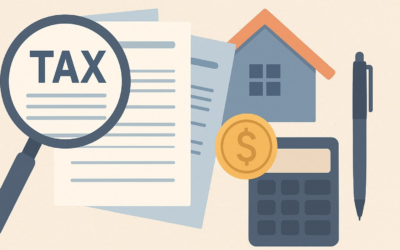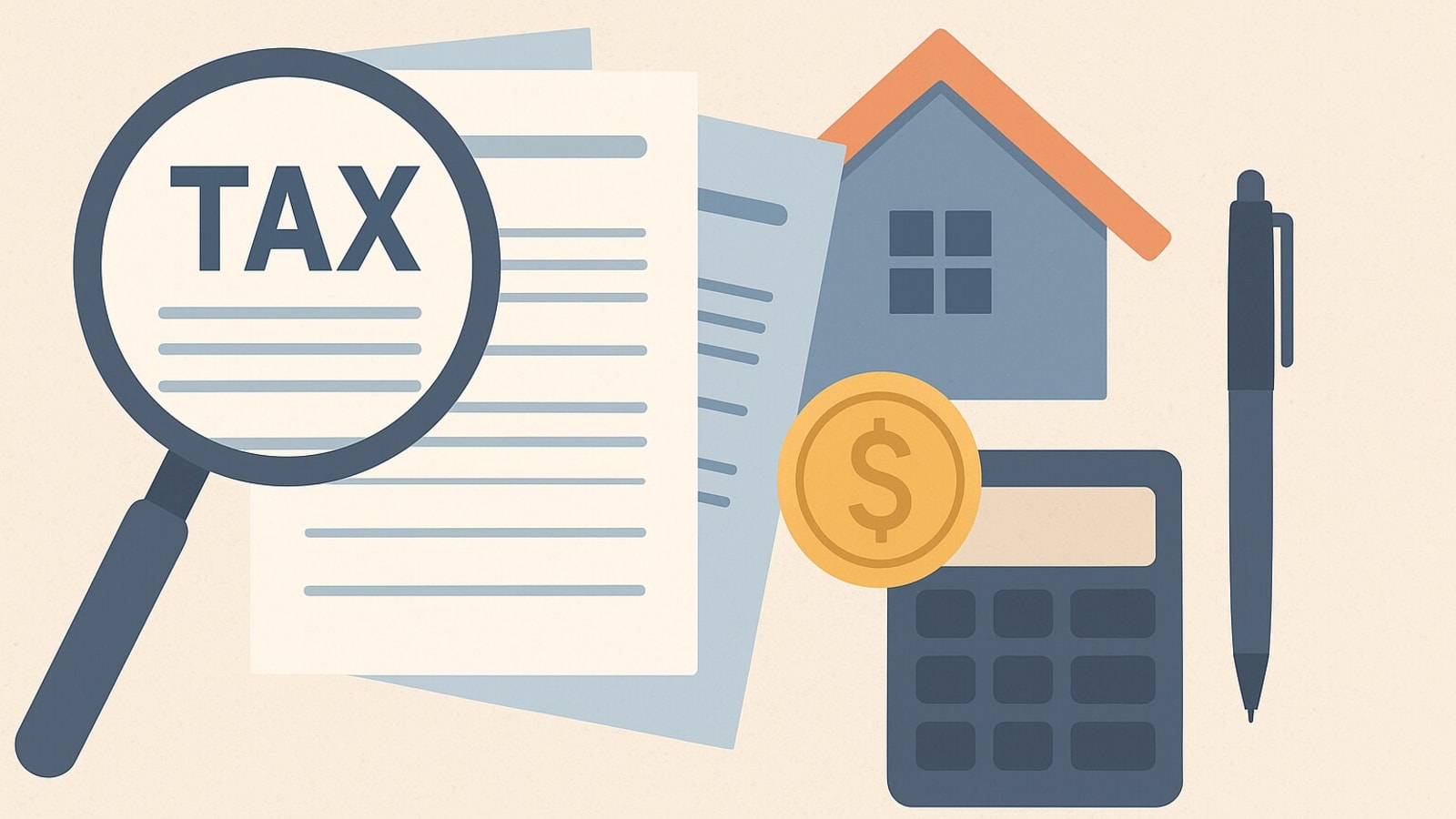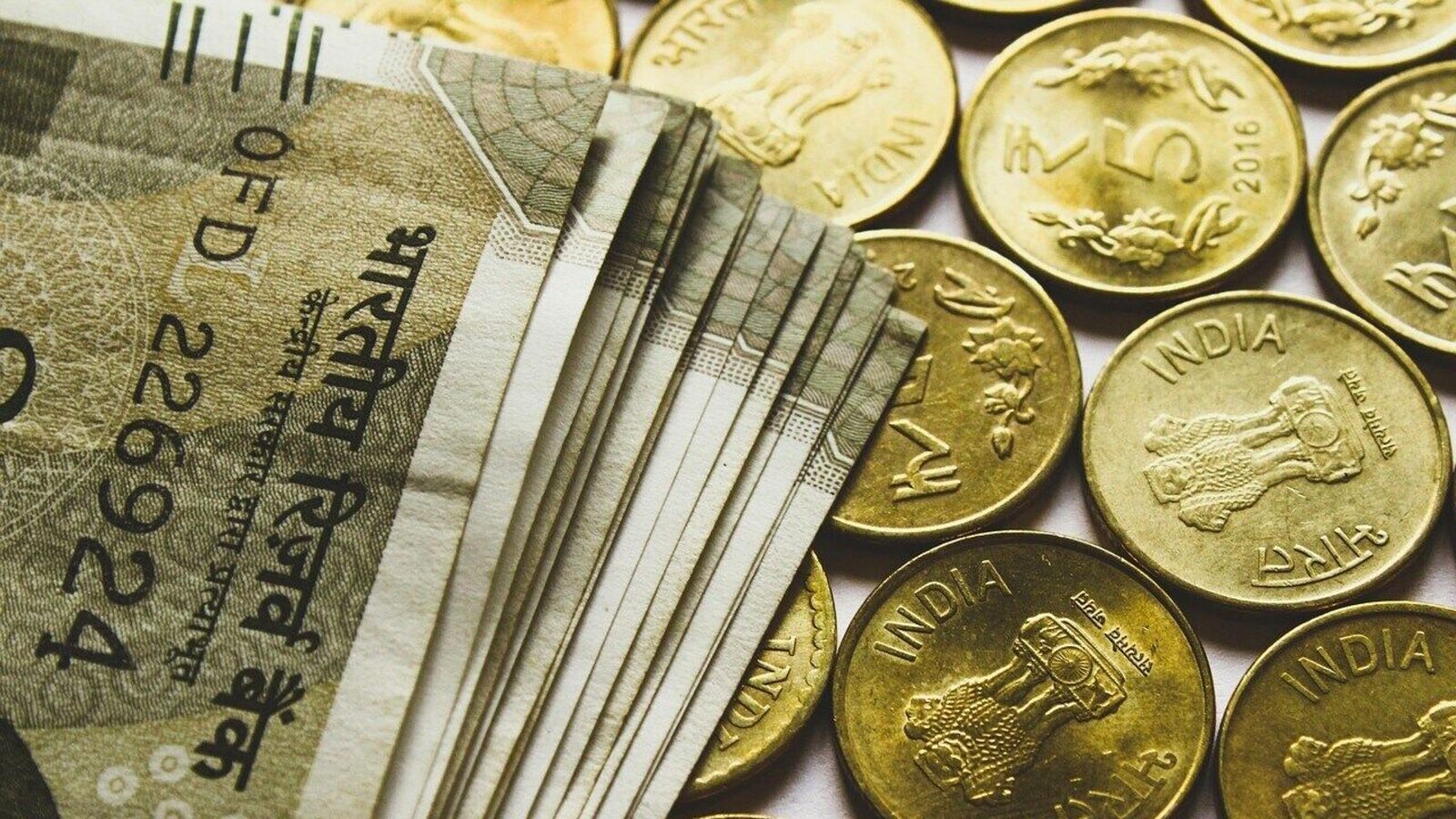5 brutal consequences of exceeding your credit card limit

Exceeding your credit card limit can result in hefty penalties, higher interest rate charges, stricter repayment terms and a sharp decline in your credit score. Given comfort and convenience may seem tempting, still breaching the limit can result in financial chaos and economic turmoil. Here’s why it is important to stay within your sanctioned credit card limit and avoid over limit charges.
Surge in over-limit charges alarms consumers
The over limit charges are becoming increasingly common across the nation. Credit card issuers levy fines ranging from ₹500 to ₹750 for each breach while some banking institutions charge 2-3 percent of the over-drawn amount.
Axis Bank, ICICI Bank and HDFC Bank apply both fixed and percentage based penalties. These charges are further subject to 18% GST inflating the cost for users and further compounding financial pressure.
Credit score hit and costly interest accumulation
When a borrower exceeds the limit, it results in inflating his credit utilisation ratio. This is a crucial metric used by credit bureaus to analyse the borrower’s risk profile. A higher credit utilisation may negatively influence your credit score, even with timely payments.
Furthermore, any amount over the limit attracts revolving interest generally between 3 to 3.75% per month, thus adding a serious burden if not managed and cleared efficiently.
Credit card suspension and declined transactions
Once the credit limit is crossed, issuers may decline to permit further transactions and temporarily suspend the credit card to prevent further overuse. This can result in transaction failure during challenging times and emergencies. Things can even get more complicated during time sensitive transactions, disputing daily spending methods.
Hidden costs worsen overall debt
The headline fines often mask the real financial impact. A ₹500 over limit fee becomes ₹590 after GST. If not paid by the due date, it can attract a missed payment fine. It can range from ₹300 to ₹1,000 and additional interest charges on the entire outstanding amount, potentially lending to a snowballing debt trap.
These hidden charges must first be clearly discussed with the customer support team of your lending institution so that complete clarity can be gained on the same. Once this clarity is gained only after the same one should decide on going forward with any particular credit card.
Regulatory safeguards now active
To boost the protection of borrowers and new credit card users, the central bank mandates the card issuers seek prior consent before permitting transactions that breach the sanctioned credit limit. Users also have the option to opt out of the over limit facility through mobile banking applications or online platforms. These provisions aim to facilitate responsible credit usage and keep a tab on financial distress.
Note: The above strategies are illustrative in nature to help manage your credit card limit effectively. Individual banks may offer different tools or settings. Always check with your issuer for updated features.
For all personal finance updates, visit here.
Disclaimer: Mint has a tie-up with fintechs for providing credit; you will need to share your information if you apply. These tie-ups do not influence our editorial content. This article only intends to educate and spread awareness about credit needs like loans, credit cards and credit scores. Mint does not promote or encourage taking credit, as it comes with a set of risks such as high interest rates, hidden charges, etc. We advise investors to discuss with certified experts before taking any credit.




